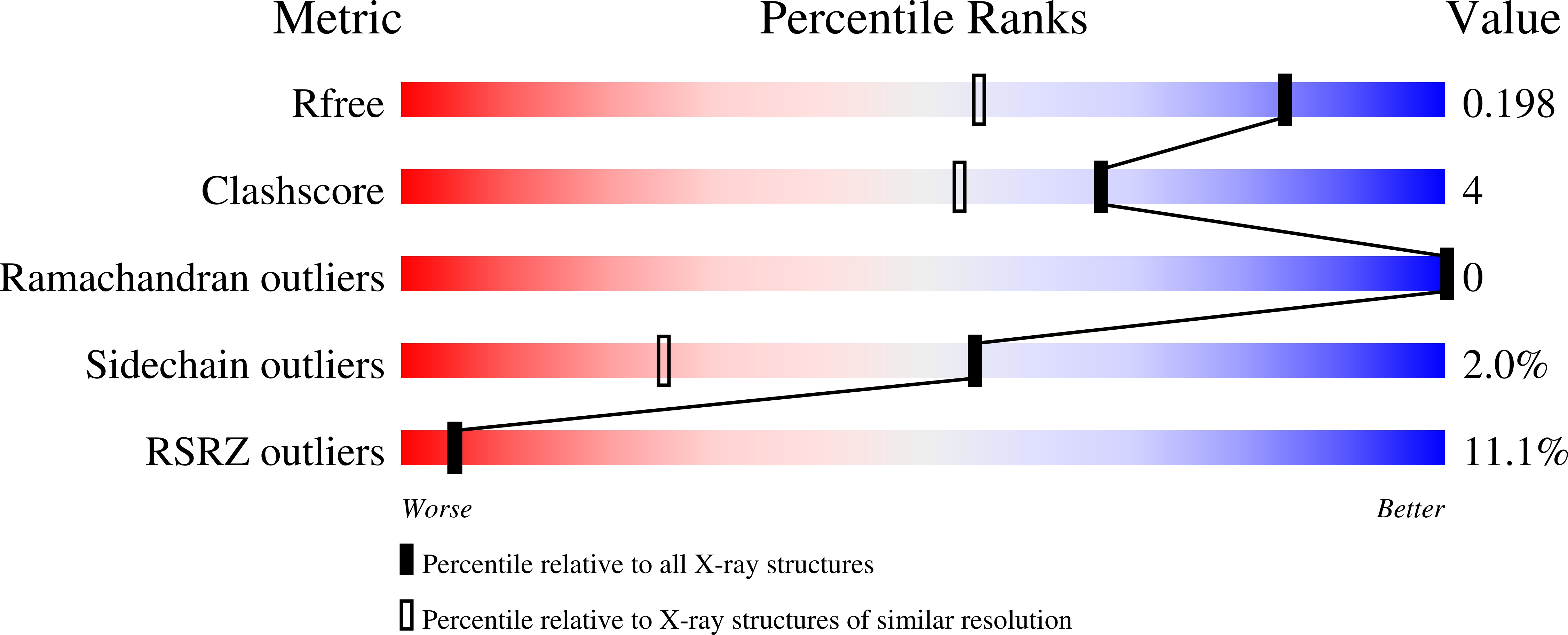
Deposition Date
2005-03-04
Release Date
2005-06-21
Last Version Date
2024-11-20
Entry Detail
PDB ID:
1Z1Q
Keywords:
Title:
Y66L Variant of Enhanced Green Fluorescent Protein with 374-nm Absorbing Chromophore
Biological Source:
Source Organism:
Aequorea victoria (Taxon ID: 6100)
Host Organism:
Method Details:
Experimental Method:
Resolution:
1.50 Å
R-Value Free:
0.20
R-Value Work:
0.17
Space Group:
P 21 21 21


